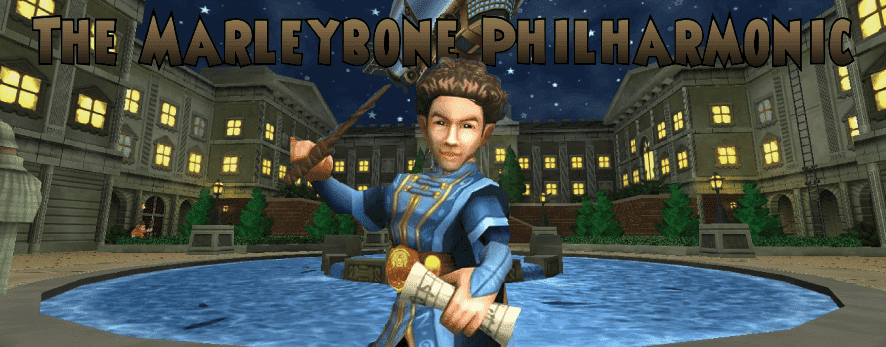Tag: musicianship
-
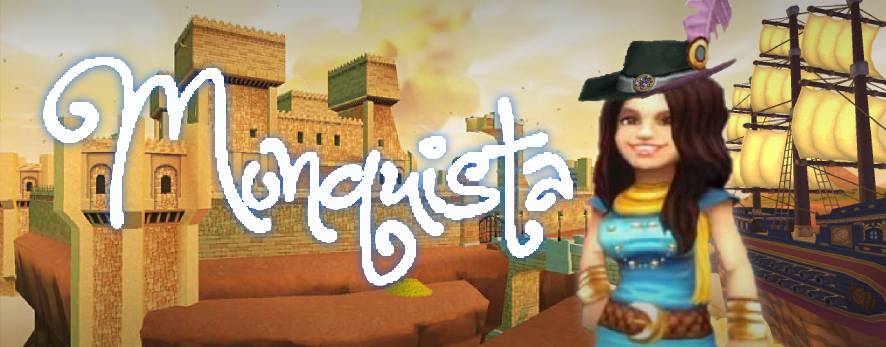
The Monquistan Choir
•
Despite its location in an isolated corner of the Spiral, Monquista, rich in gold and culture, is one of its most prominent powers. The Skull Island colonies enrich their people considerably. In line with Valencia and Marleybone, their society is posh and structured in which there is a noble class,…
-
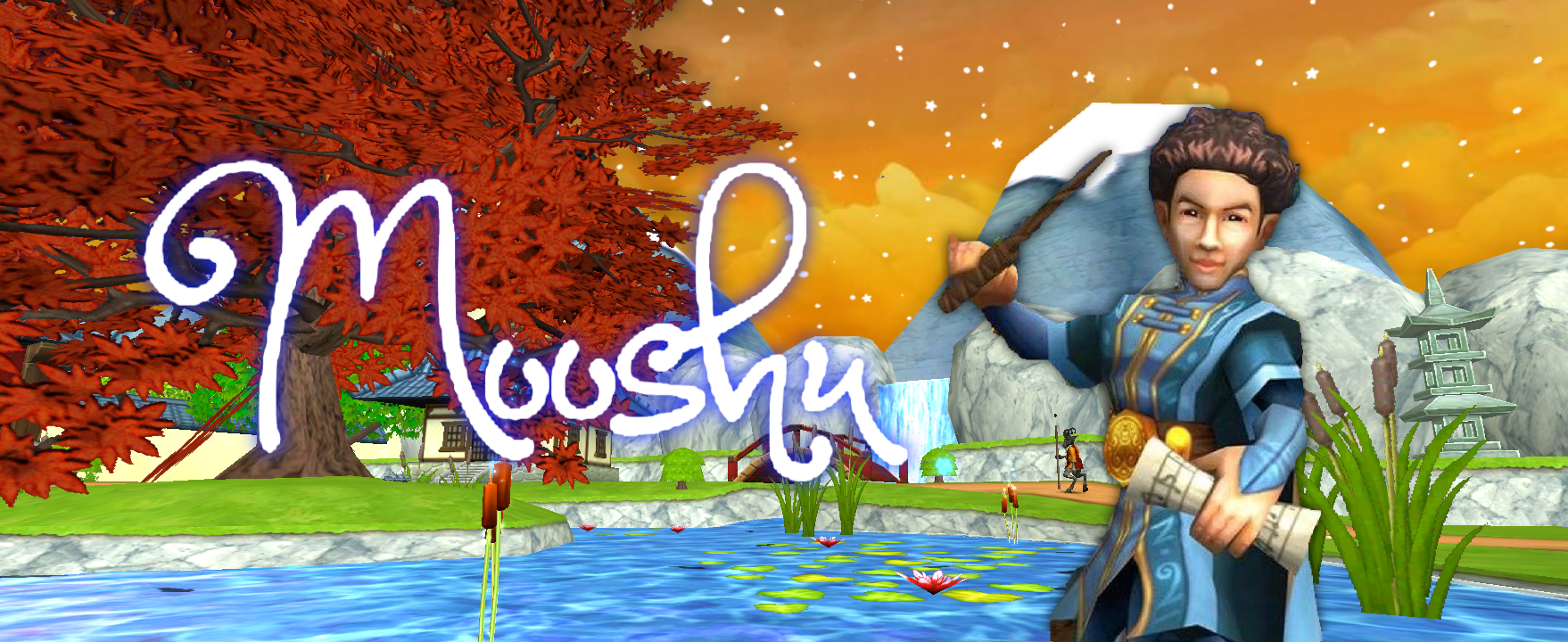
The Music of Mooshu
•
As the emperor falls ill, the factions of Mooshu wage war against each other and there is no way of knowing how it will all play out. Mooshu’s people are hesitant to trust us wizards because of Malistaire who stole their spiral key in an attempt to resurrect his beloved Sylvia. Let us delve into the…
-
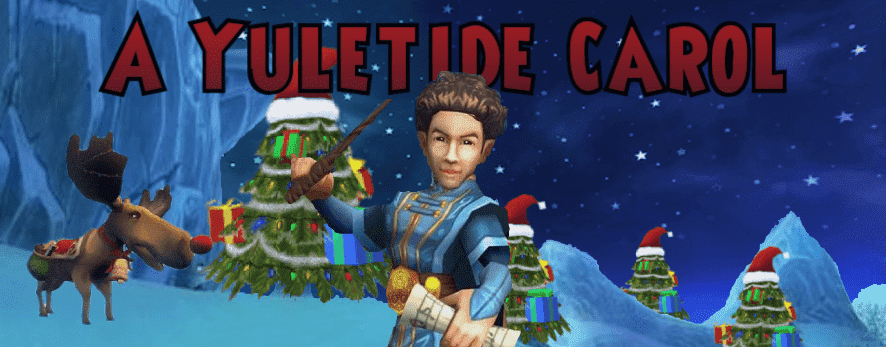
A Yuletide Carol
•
Intended for Musician and Non-Musician Alike It’s beginning to look a lot like Christmas, everywhere in the spiral. We sit by the glowing embers, drinking our hot chocolate, cuddling with our fuzzy kitten, when ho! – there’s Christmas music in the Bazaar! You run by the great tree near The…
-
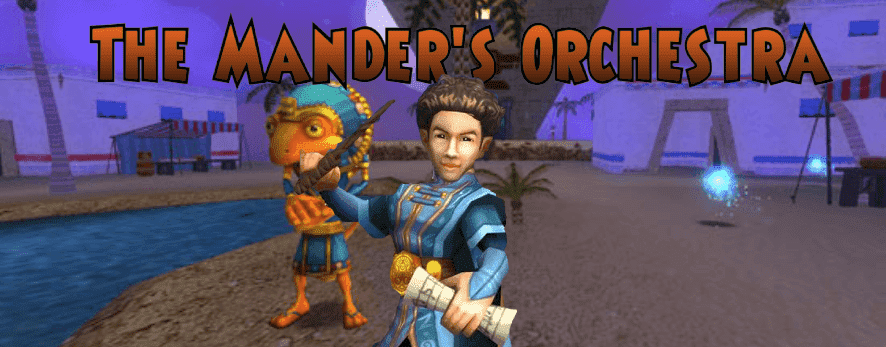
The Manders Orchestra
•
For Musician and Non-Musician Alike Sultry, dry, and desolate, we find a great civilization that has emerged from the Oasis. Built by the Manders, composed by Nelson Everhart, and enslaved by the Kroks, a great society emerged from these sands only to wither away and be found by our Marleybonian friends. There is…

